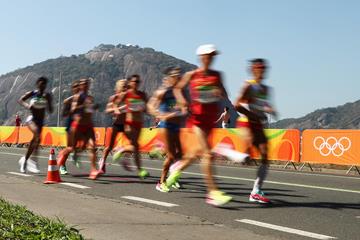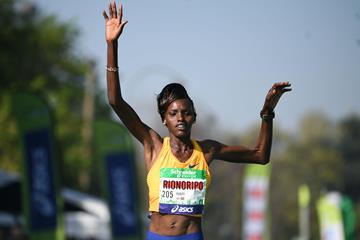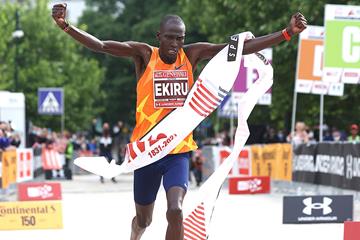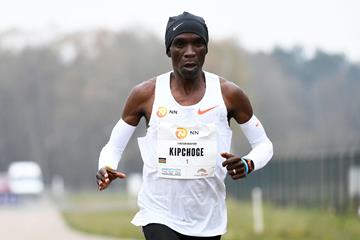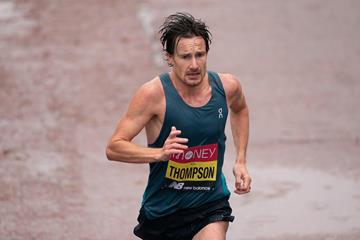 Countdown
Countdown
 Countdown
Countdown
The longest race on the Olympic programme, athletes run a distance of 26 miles and 385 yards (42.195km).
The event takes place on the road and the finishing order of the race is determined by time.

Refuelling stations appear every 5km on a marathon course for the athletes.
The course can be looped, out and back or run over multiple laps. Sometimes the finish at a major championships marathon takes place in a stadium.
The event is named after the legendary 26-mile run made by a Greek soldier called Philippides (also known as Pheidippides) from the scene of the battle of Marathon to Athens, where he announced the defeat of the invading Persians. His mission completed, he promptly died of exhaustion after having apparently also run 150 miles back from Sparta the day before.
The organisers of the first modern Olympic Games in Athens in 1896 devised the marathon race over 40km to celebrate the achievements of Ancient Greece.
The distance was later extended to the imperial measurement of 26 miles at the 1908 Olympic Games in London, and increased another 385 yards when the starting line was pulled back so it could be seen by the children in the Royal Nursery at Windsor and still finish in front of Queen Alexandra at the White City Stadium in west London. This distance was standardised at 26 miles 385 yards (42.195km) in 1921. The first women’s Olympic marathon took place at the 1984 Los Angeles Games.
One of the greatest marathon runners of all time was Abebe Bikila of Ethiopia, who became the first black African to win Olympic gold by winning the marathon in a world record time at the 1960 Rome Games. Four years later he became the first man in history to successfully defend the title. Joan Benoit of the US made history at the 1984 Los Angeles Games by taking the inaugural women’s marathon title.
 KEN
KEN
 KEN
KEN
 UGA
UGA
 ETH
ETH
 ETH
ETH
 TAN
TAN
 ETH
ETH
 GER
GER
 KEN
KEN
 ETH
ETH
 ETH
ETH
 KEN
KEN
 KEN
KEN
 ETH
ETH
 ETH
ETH
 ETH
ETH
 KEN
KEN
 ETH
ETH
 KEN
KEN
 KEN
KEN
